How to turn a Romanian traditional omelette into a vegan omelette
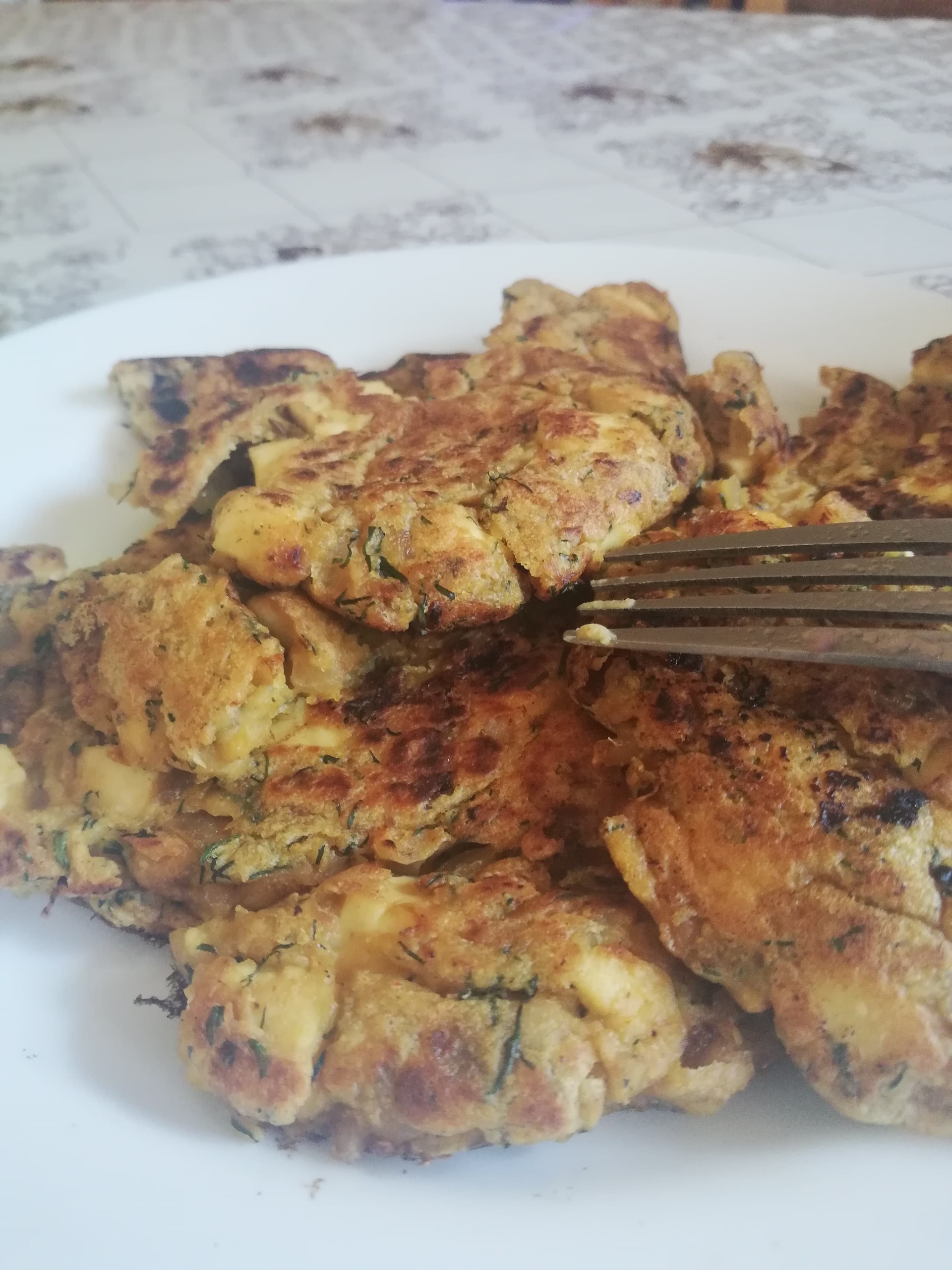
The Romanian cuisine has a lot of delicious simple foods, one of it being the omelette. The Romanians would tell you that the best omelette is made with ingredients coming from the countryside such as eggs, cheese, onion, spices or herbs. Since I am a vegan and because I used to love how we prepare the omelette in our house, with the help of my mother, I have figured out a way of preparing a vegan version of the dish while trying to keep the taste kind of similar to the original omelette.
At the same time, I think that the recipe is suitable for students because is easy to make, it doesn’t require a lot of hours to be cooked and is also pretty cheap; the ingredients can be simply purchased from any supermarket.
The ingredients that you’ll need are:
(For 2 servings or for a big serving).
-
3 to 4 large tablespoons of hummus (I use homemade hummus);
-
1-2 medium onions;
-
2 cloves of garlic;
-
100 g of tofu;
-
2-3 tablespoons of soy milk;
-
2 tablespoons of white floor;
-
A handful of fresh dill;
-
Curry;
-
Paprika;
-
Black pepper;
-
Olive oil/vegetable oil;
-
Salt.
According to your taste you can change the amount of ingredients. I like my omelette to have an abundance of onion, garlic and herbs, that’s why I put so much, but if you don’t prefer it like this, you can add as little or much as you want of everything.
How to make the omelette:
The first thing I do is to peel the onion and garlic, after that I cut it into small slices and I sort them in a pan with olive oilover medium heat.
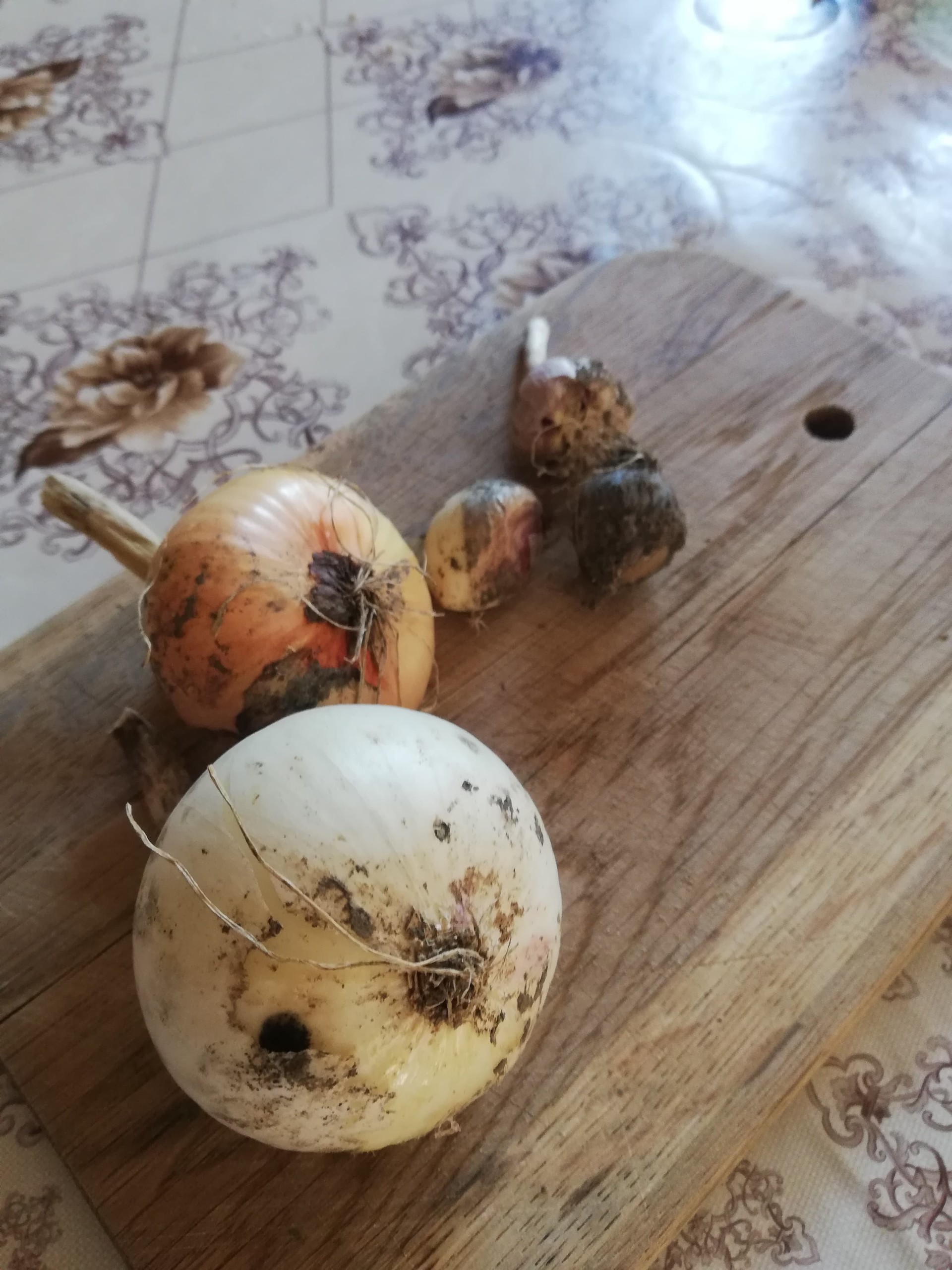

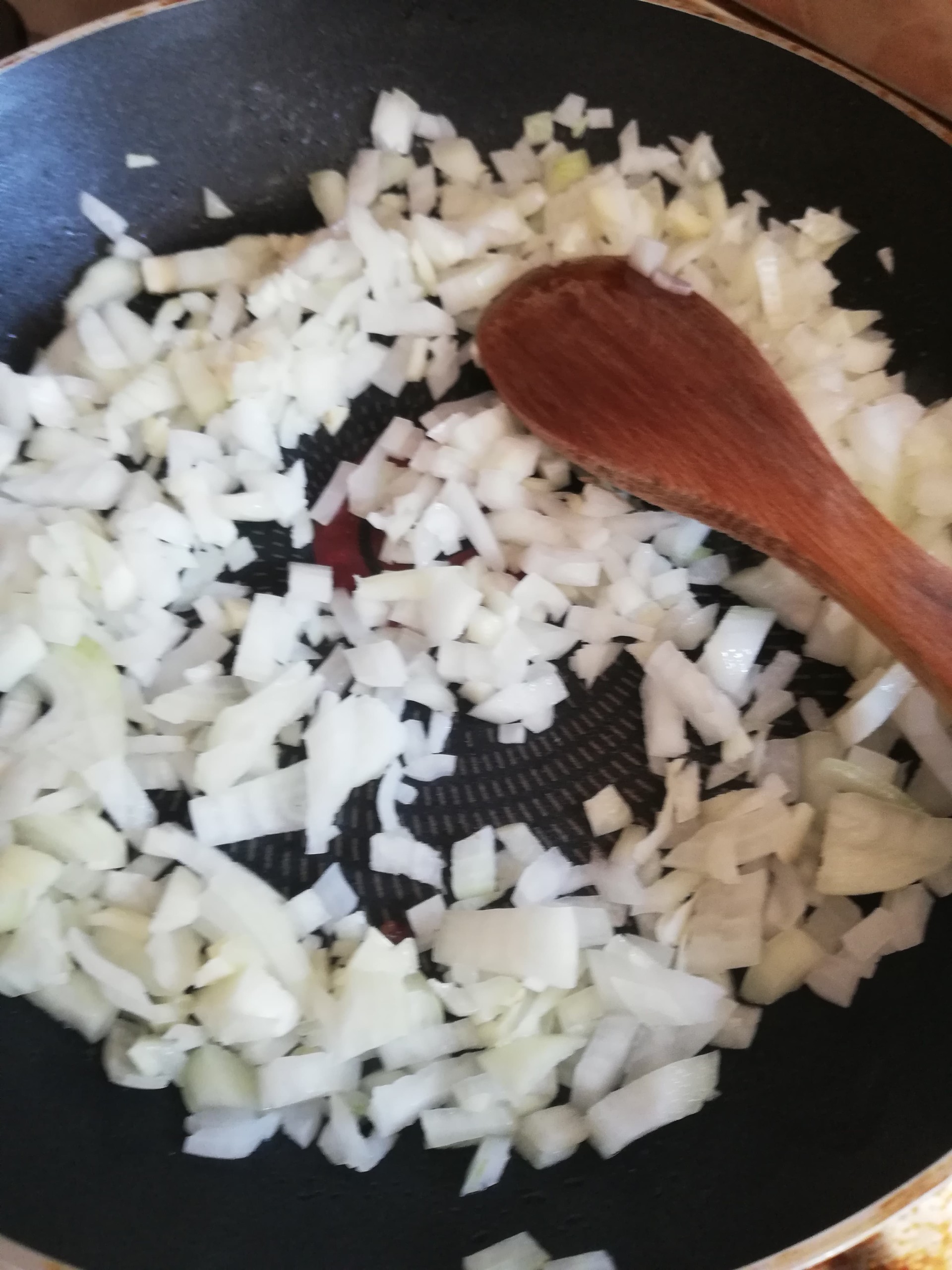
To deglaze the pan I pour a bit of water and I keeping mixing until the onion and garlic don’t stick to the pan and have a nice brown color. Pay attention that your house will really smell like a kitchen during this process of cooking the onion and garlic. Your neighbors will probably get hungry.

In a bowl I add 4 tablespoons of hummus, 3 tablespoons of soy milk – you can use any kind of plant milk you want-, salt, curry, pepper and paprika. I mix all of these ingredients together and then pour the white flour and keep stirring until I get a batter consistency, neither too thick nor too thin.

To the hummus batter I add the cooked onions and garlic, the chopped tofu and the green dill. In the end, I gather carefully all of the ingredients. The base of the omellete is now formed and ready to be cooked.


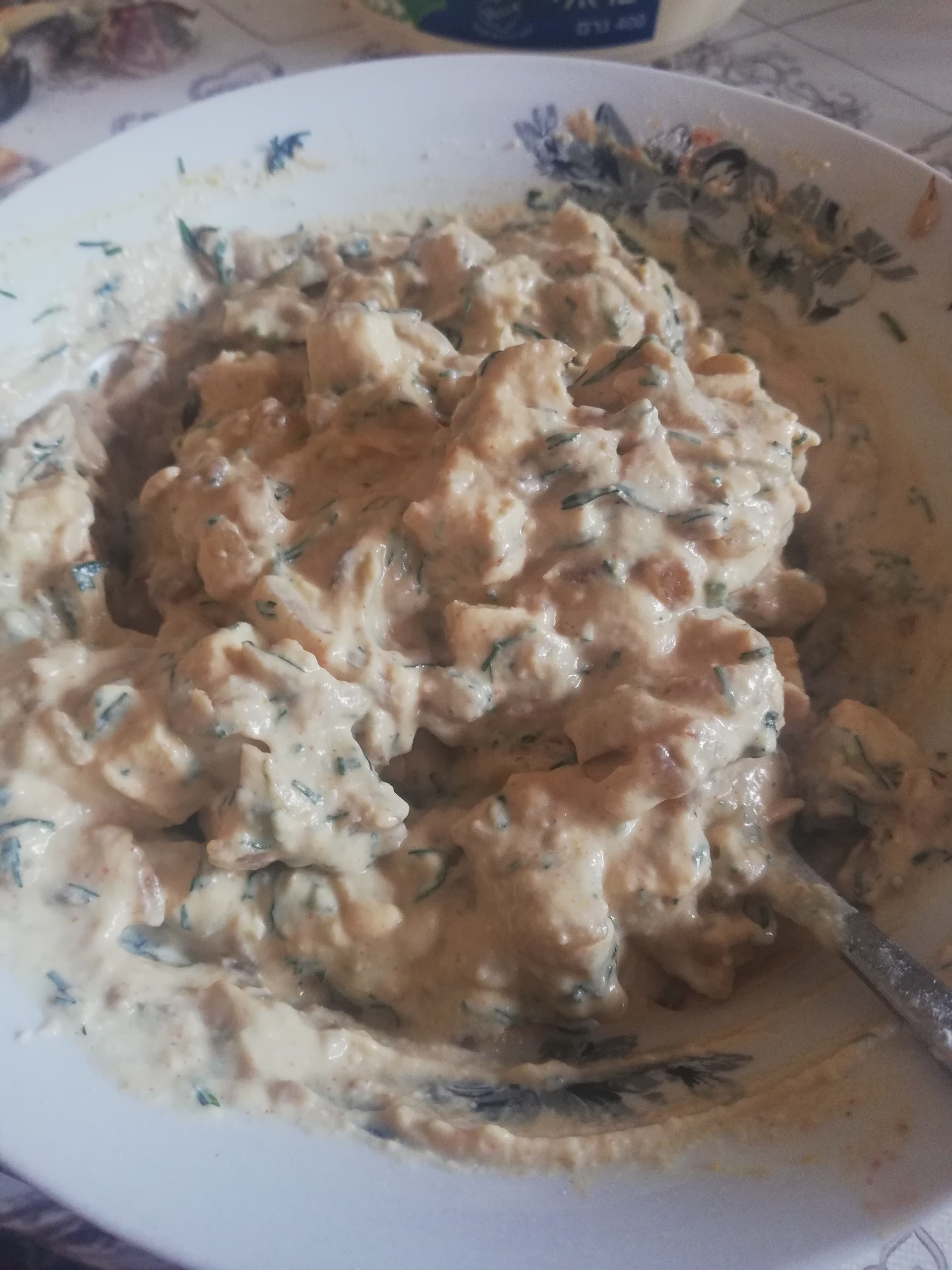
In the same pan where I sorted the veggies, I put a tablespoon of vegetable oil. When the oil has heated up, I start to lay the omellete batter in the pan into a crepe round form. I let it cook over medium heat and I check from time to time with a spatula if it is fried on that side.
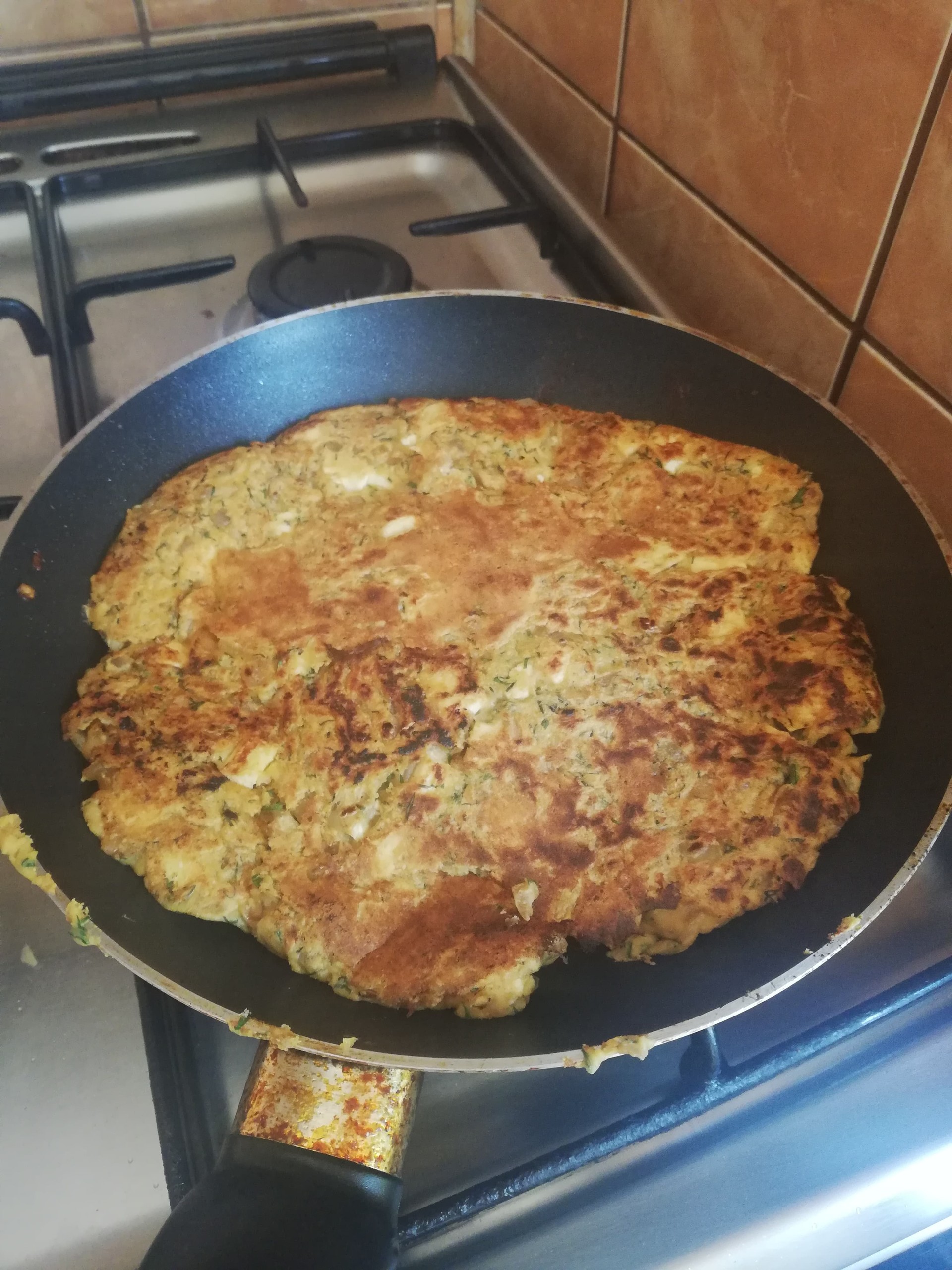
When it is cooked I turn it on the other side. If the omellete is too heavy to flip it at once, you can cut it into half with the spatula and turn the two pieces separately.
And... voila! The vegan omelette is done. The texture and consistency is very similar to the egg omlette and also the taste due to the seasoning, especially the dill. Now because is summer, I enjoy eating the omellete with a tomato salad. So delicious! I have the courage to share this recipe because I’ve been having a very good feedback about it.
Once, during my Erasmus mobility in Saarbrucken, I prepared the vegan omelette for an international meal that we were having and I was very surprised when almost all of my fellows were telling me that they loved the dish and also wanted to know how it was made.
Photo gallery
Content available in other languages
Want to have your own Erasmus blog?
If you are experiencing living abroad, you're an avid traveller or want to promote the city where you live... create your own blog and share your adventures!
I want to create my Erasmus blog! →


















Comments (1 comments)
omg wow! I will try this asap!